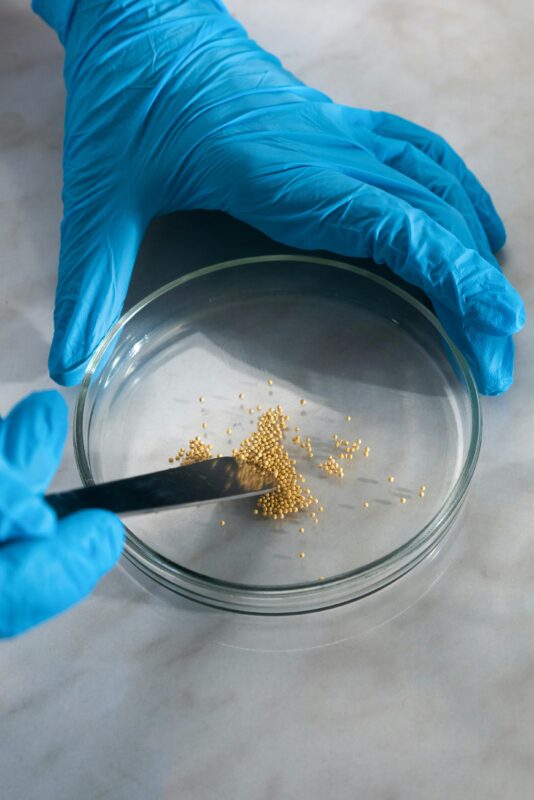
Overview
Materials & Science
The materials science industry drives innovation through advanced materials and technologies that underpin sectors like manufacturing, energy, electronics, and aerospace. Robust IP protection is critical to secure investments in research and development, enabling companies to maintain competitive advantages, foster innovation, and facilitate partnerships.
Technology Areas
Advanced Materials
Nanomaterials, composites, and smart materials
Polymers & Plastics
High-performance polymers, biodegradable plastics, and recycling technologies
Energy Materials
Batteries, fuel cells, and photovoltaics
Nanotechnology
Nanostructures, quantum dots, and nano-coatings
Manufacturing Processes
Additive manufacturing, thin-film deposition, and material synthesis
Materials Informatics
AI-driven material discovery, computational modeling, and data analytics

Industry Insight
Industry Landscape
The materials science sector is characterized by high R&D costs, long development timelines, and the need for interdisciplinary collaboration. Intellectual property protection is essential to recoup investments, secure market exclusivity, and enable global commercialization.
Key challenges include navigating patentability for naturally occurring materials, managing complex supply chains, and addressing sustainability demands. As industries like clean energy, electronics, and healthcare increasingly rely on advanced materials, companies must adopt integrated IP strategies to protect innovations from lab to market.
Types of IP Protection
Patents
Composition Patents: Protect novel materials, alloys, or chemical formulations.
Process Patents: Cover manufacturing techniques, synthesis methods, or recycling processes.
Use Patents: Protect specific applications of materials in industries like electronics or energy.
Device Patents: Cover material-based innovations in sensors, batteries, or medical devices.
Regulatory Exclusivities
In certain applications (e.g., medical or environmental), regulatory frameworks may provide additional protections or certifications for sustainable or safe materials.
Trademarks
Protect brand names for proprietary materials, coatings, or manufacturing technologies.
Trade Secrets
Proprietary synthesis methods, material formulations, or processing techniques.
Copyrights
Used in software for materials informatics, simulation tools, or technical documentation.
Industrial Designs
Protect the aesthetic design of material-based products, such as consumer electronics or packaging.
IP Challenges in Materials & Science


